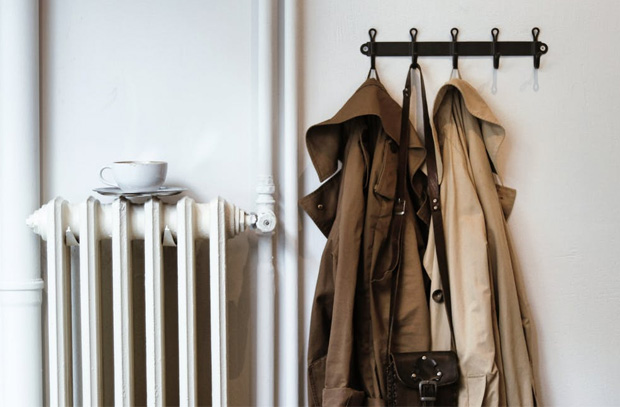5 Ways To Upgrade Your Heating System

5 Ways To Upgrade Your Heating System
When you consider heating your home or office, the availability and cost of energy become the main deciding factor. Energy cost is directly proportional to consumption. Based on years of research and data, we know that heating consumes more power than any other system in a home. In most cases, this constitutes almost a quarter of the total utility expenses required to run your home. Irrespective of the type of technology or make of your heating system, you will keep spending on its upkeep unless it is well managed and maintained.
Every home is different and has its own unique heating requirements. Heating system upgrades could become necessary and relevant because of a system breakdown or upgrading to a more efficient system. Sometimes, the heating systems may also be replaced as part of the overall home renovation process. While, on the other hand, if the heating system is regularly maintained and serviced or upgraded, you will save money and increase your living comfort.
There are several ways to create and supply heat to your home, from Heat Pump Installation, to furnaces, to combined heating and cooling solutions. Designing and deciding on a new heating system or upgrading your existing heating system can become cumbersome and challenging. Upgrading the heating system in your home cannot be a lightly taken decision because an upgrade investment such as this can affect your living comfort and your expense budgets over a period (considering the lifecycle costs of the system you decide to install).
While considering an upgrade to your existing heating system, it is essential for you to address the age of your home and when the earlier system was installed since all equipment has a lifecycle limit on functional performance. Considering that heating is the most extensive and most energy-consuming system, it is best to seek subject matter expert assistance from experts like iHeat, who are among the best in this field.
Below are a few tips on upgrading the heating system of your home.

- Capacity Sizing
There is a fundamental misconception that is found to be very misleading and quite detrimental. People believe that installing larger capacity heating systems ensures proper heating during fluctuating weather conditions. Unfortunately, this is incorrect. In reality, smaller and compact designs are more efficient and better in improving indoor air quality for heating delivery. The way to collect accurate readings from different parts of your home is to understand how much and how best to heat those areas. Correct capacity sizing ensures you get a comfortable ambient across your home.
- Installation of Smart System Controllers
Installing smart controllers in your heating system ensures a more efficient way to deliver controlled heat across your home. Automatic temperature controllers or thermostats, as they are popularly known, are smart devices that can be pre-set and managed to ensure efficient use of energy during the heating process. These devices can be programmed to modulate and control the heating equipment as per your requirements. Doing this ensures the elimination of over-heating or low-heating issues.
- Leakage Sealing
One of the reasons why heating and cooling of indoor areas do not happen efficiently is leakage and air gap issues. There will be little or no benefit in installing high-efficiency heating equipment without first addressing and sealing the leaks. Plugging the leakages is extremely important before installing any retrofit or upgrade to your heating system because the insulation material must trap the air to become effective. In the event of leakages, external air can come in, and internal air can escape causing deterioration of the insulating material due to thermal variations and condensation.
- Curtailing Energy Loss
Before upgrading the heating system for your home, seek assistance from experts who can advise and design the best overall configuration to ensure maximum benefit with high thermal efficiency. If not done thoughtfully, there could be losses in thermal efficiency resulting in an unnecessary increase in energy consumption and utility cost. It is always terrific for fresh air to enter the home, but this can sometimes create an adverse effect on the heating or cooling of the indoor area. Much care needs to be taken during the colder periods since heated indoor air cannot be allowed to escape. If this happens, your home will become cold.
- Types and Options for Upgrade
There are many types of different heating systems for homes. These have various options concerning technology, application, fuel and serviceability. Among the most common are Central Heating Furnaces, Boilers, Heat Pumps, Gas-Fired Heaters, Electric Heaters, Wood & Pellet Burner Stoves, and the traditional yet conventional Fireplaces. Then, there are the new technology Radiant Floor Heating systems and Ductless, Split or Multi-Split systems and Combined Heat and Power systems for larger homes, also known as cogeneration systems.
Guest Article. Contains a sponsored link.





